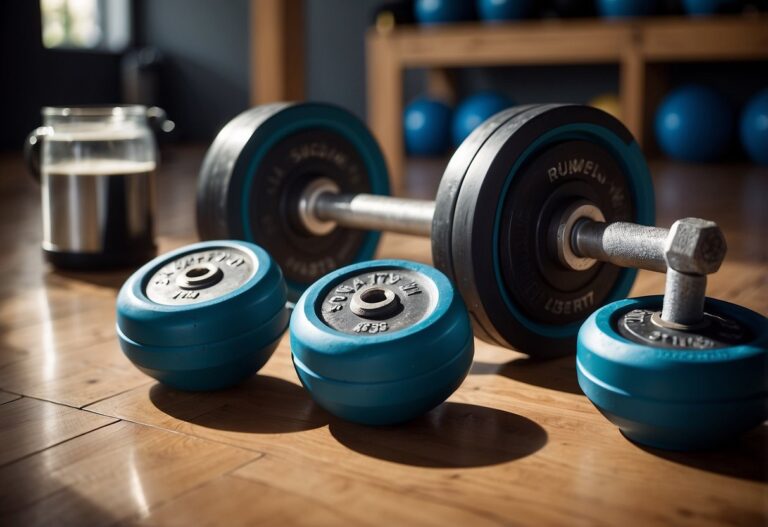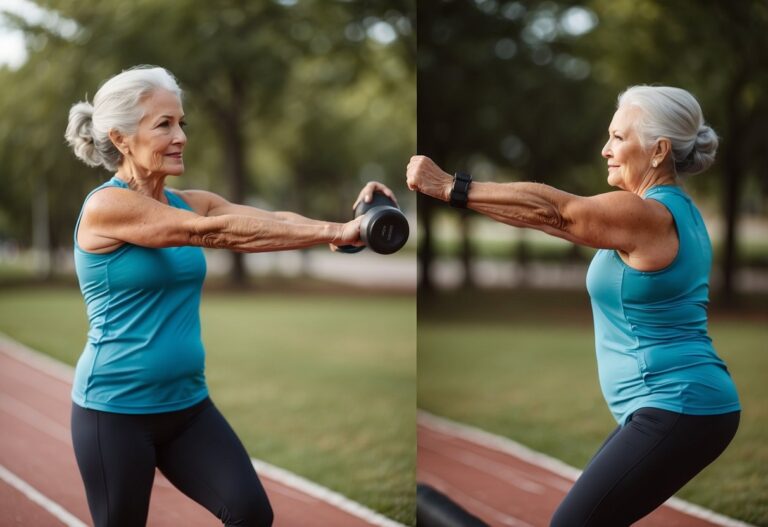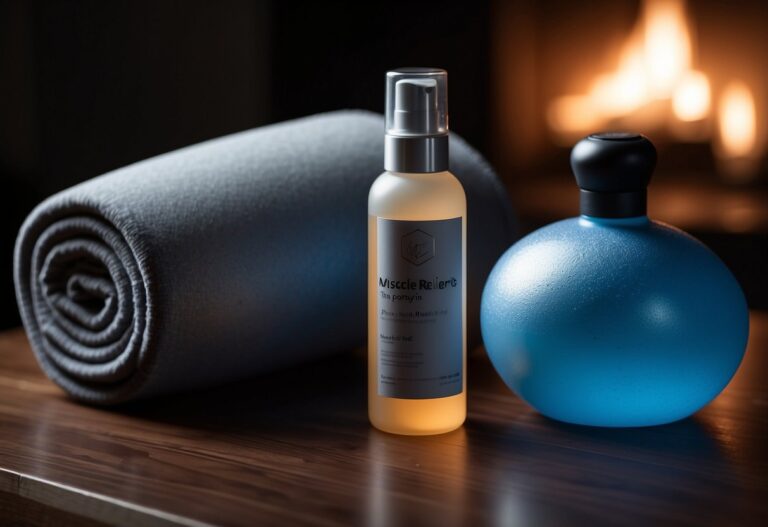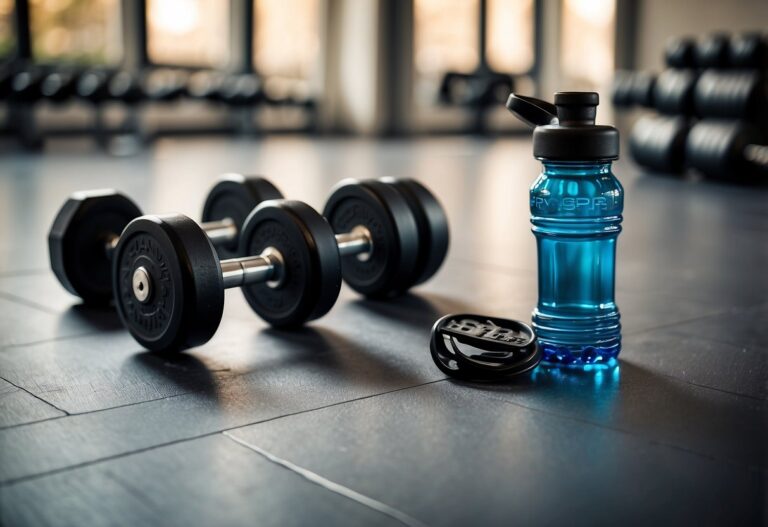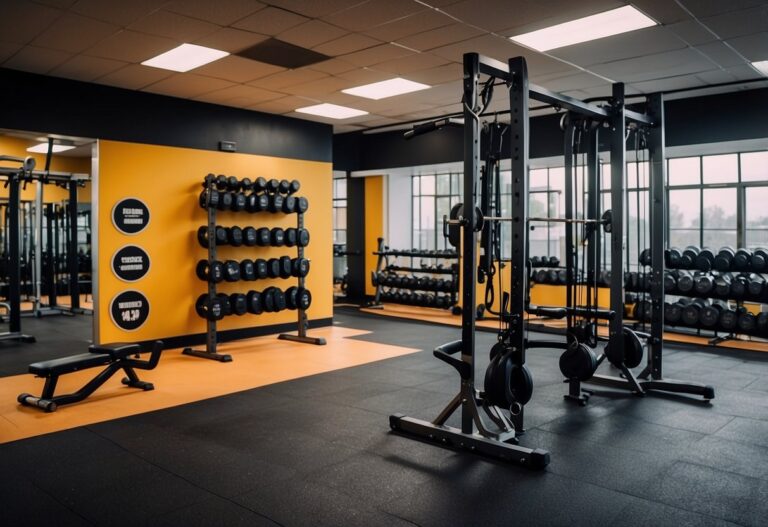Getting the most out of your workout is all about knowing the right strategies. Whether you are a beginner or a fitness enthusiast, understanding how to maximise your exercise routine is crucial. Do you want to burn more calories and achieve your fitness goals faster? This article will share practical tips to help you optimise your workouts.
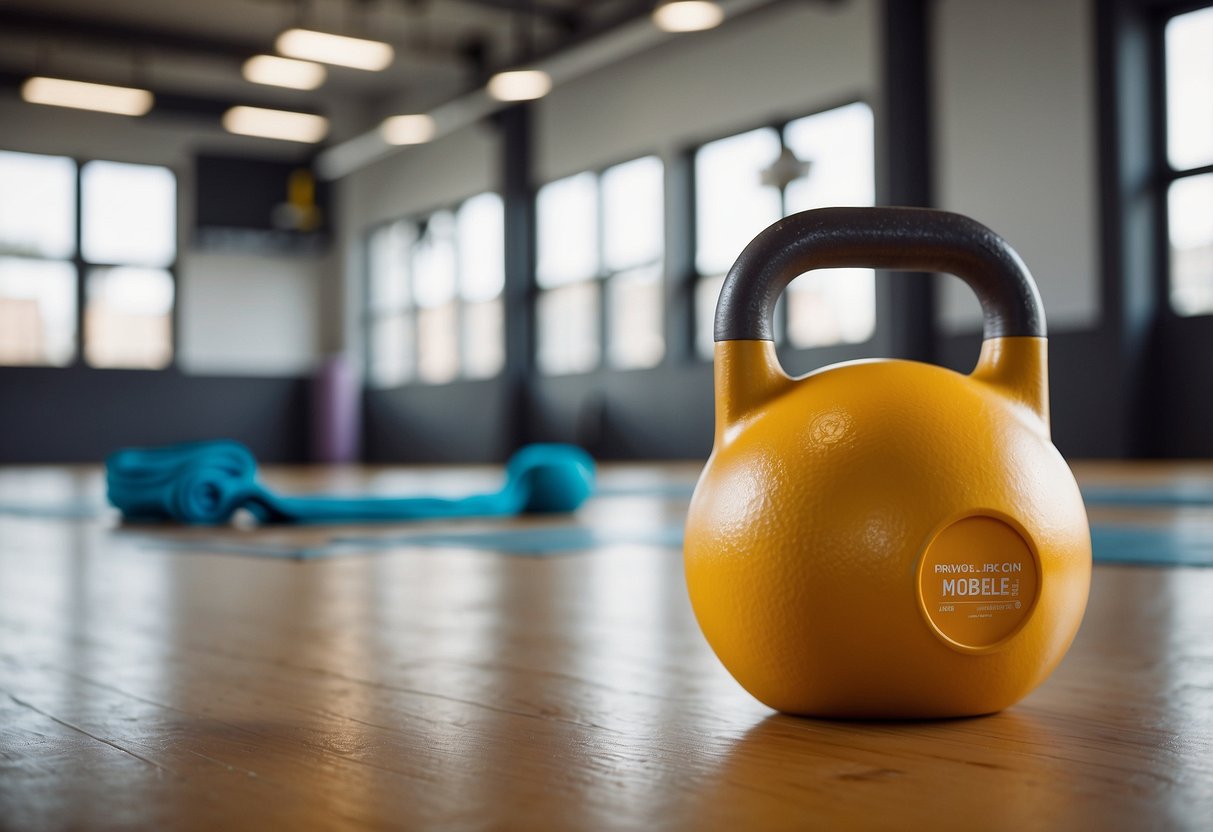
You’re not alone if you feel stuck in a fitness rut or unsure about how to push your limits safely. Everyone can benefit from learning new methods to enhance their exercise sessions. By incorporating simple yet effective tips, you can make every minute count and see better results from your hard work.
HIIT Circuit Training
High-Intensity Interval Training (HIIT) circuits are a fantastic way to burn fat and build muscle. They involve short, intense bursts of exercise followed by brief rest periods.
In a typical HIIT circuit, you might perform exercises like sprints, kettlebell swings, and push-ups. Each exercise usually lasts 30 to 45 seconds, with 15 seconds of rest in between.
A good example is the HIIT circuit that includes 30-second intervals of your chosen cardio exercise, followed by 30 seconds of rest. Repeat for up to 15 rounds.
Choose exercises that target different muscle groups to keep the workout engaging and balanced. This also prevents muscle imbalances and keeps your workouts interesting. For example, you can do a combination of jumping jacks, burpees, and mountain climbers.
Experimenting with the work-to-rest ratio can help you find what works best for your fitness level. A common approach is 20 seconds of work and 10 seconds of rest, but you can adjust based on your endurance and goals.
Don’t forget to warm up before starting and cool down after finishing to prevent injuries and aid recovery.
Tabata Routines
Tabata routines are super effective if you’re short on time but want great results. Developed by Japanese scientist Izumi Tabata, this workout involves 20 seconds of high-intensity exercise followed by 10 seconds of rest, repeated eight times.
Burpees are a popular move in Tabata. You’ll work hard for 20 seconds, then rest for 10. Repeat this cycle eight times.
Push-ups and squats are also common in Tabata. Mix things up to keep it interesting, and challenge different muscle groups. You can set a timer and switch between different exercises.
For beginners, sticking to simple moves like squats and lunges is wise. As you build endurance, you can add more complex exercises like sprints or jump squats.
Jump Rope Sessions
Jump rope sessions are a fantastic way to burn calories and boost your fitness. A simple 20-minute jump rope workout can elevate your heart rate and help you burn a significant amount of calories. It’s a full-body workout that requires coordination between your hands and legs.
Short, intense bursts like a HIIT workout can be particularly effective. For instance, alternating between 20 seconds of jumping and 10 seconds of rest can maximise your calorie burn in just a few minutes.
Additionally, jumping rope improves your cardiovascular health and strengthens muscles. You might find that incorporating moves like double leg hops or body weight squats adds variety and targets different muscle groups.
A 30-minute session can burn around 300 to 450 calories. Imagine this: you’re replacing a treadmill run with a dynamic jump rope routine, saving time yet getting similar benefits.
Have you tried using a jump rope as part of your fitness routine? It’s portable, easy to use, and great for both beginners and advanced exercisers. Plus, it’s an affordable way to stay in shape anywhere, whether you’re at home or travelling.
Kettlebell Swings
Kettlebell swings are a fantastic way to improve your fitness. This exercise works several key muscles, including your core, shoulders, and hips. With each swing, you’ll engage your entire body, making it a great full-body workout.
What’s great about kettlebell swings is their efficiency. In just a few minutes, you can achieve both strength training and cardiovascular benefits. It’s perfect if you’re looking for a high-intensity workout that doesn’t take much time.
If you’re new to kettlebell swings, start slow. Focus on your form to avoid injury. Use a lighter weight until you’re comfortable with the movement. To burn fat effectively, consider using a 1-to-1 work to rest ratio, such as 10 swings, followed by 15 seconds of rest.
Remember to keep your back straight and hinge at your hips. Your knees should be slightly bent. This ensures you’re using the right muscles and not straining your back. Consistency is key. Adding kettlebell swings to your routine will help you see results over time.
You can explore more about the benefits of kettlebell swings on Squat Wolf’s guide. For detailed workout plans, check out Zack Henderson’s guide.
Spinning Classes
Spinning classes are a great way to burn calories and build stamina. You can burn between 400 to 600 calories in just 45 minutes. These classes involve high-energy workouts with a mix of resistance and speed exercises.
Wear comfortable, moisture-wicking clothing and avoid anything loose that could get caught in the bike’s moving parts. It’s also essential to bring a water bottle and a towel for hydration and wiping off sweat.
During the warm-up, you might do light pedalling and upper body stretches such as stretching your lats, shoulders, and triceps. This helps prepare your body for the intense workout ahead.
Be mindful of your posture and avoid rocking your hips excessively. Engaging your core muscles can help maintain proper form and reduce pressure on your hip flexors.
Rowing Workouts
Rowing workouts can be a fantastic way to improve your fitness. They combine cardio and strength training, offering a full-body workout.
Start with a warm-up to get your muscles ready. Row at a slow, steady pace for five minutes. This helps to reduce the risk of injury and prepares you for more intense activity.
For a beginner workout, you might do intervals. Row hard for one minute, then take it easy for one minute. Repeat this cycle ten times. This structure helps build endurance and strength.
An advanced workout could involve maintaining a steady pace for a longer duration. Try rowing consistently for ten minutes, then gradually increasing your speed each minute until the final one.
After your workout, cool down by rowing at a slow pace again for five minutes. This helps to lower your heart rate and reduce muscle stiffness.
Remember to focus on your technique. Keeping good form is crucial to avoid injury. Keep your back straight and drive through your legs.
Rowing is not just about pulling with your arms. Use your legs, core, and back to generate power. This ensures you get the most out of your workout and target multiple muscle groups.
Incorporating rowing workouts into your fitness routine can be both challenging and rewarding. So, climb on that rowing machine and get started!
Burpees with Dumbbells
Burpees with dumbbells add an extra challenge to your workout. Start by standing with feet shoulder-width apart, holding a dumbbell in each hand.
Lower into a squat and place the weights on the ground. Kick your feet back to get into a push-up position while still gripping the dumbbells.
Perform a push-up, then jump your feet back to the squat position. Finally, stand up and press the dumbbells overhead. This exercise targets multiple muscle groups and increases intensity. For more details, check out this Total Body Routine with Dumbbells.
Mountain Climbers
If you are looking for a way to boost your workout, mountain climbers are a great choice. This exercise combines cardio and strength, hitting multiple muscle groups at once.
To do a mountain climber, start in a plank position. Bring one knee up towards your chest, then switch legs quickly.
Mountain climbers are especially effective as part of a HIIT workout. Short, intense bursts like these can help burn calories quickly.
You might notice improved endurance and core strength after doing mountain climbers regularly. For more details, check out
Verywell Fit’s guide on mountain climbers.
Push-Up Variations
Adding variety to your push-ups can make your workouts more interesting and challenging.
You might start with the standard push-up, ensuring your core is tight and your elbows bend to 90 degrees. As you get comfortable, try new variations.
The T-Pushup is great for a full-body challenge. Start in a push-up position, but lift one hand straight up to form a T-shape with your body.
Another fun variation is the push-up with single leg raise, which adds extra core stability.
CrossFit WODs
CrossFit WODs are intense and varied workouts designed to push you to your limits. A popular example is “Helen,” which includes running and kettlebell swings. This combination boosts your cardiovascular health and burns calories quickly.
If you don’t have access to a gym, you can still get a great workout with bodyweight exercises. Push-ups, pull-ups, and squats are all effective and need no equipment.
For those who like a challenge, the Fat Burner WOD includes 85 thrusters, 100 pull-ups, and a 1-mile run. This workout can be done with items you have at home.
Effective Calorie Burning Strategies
To maximise your calorie burn during workouts, consider incorporating high-intensity interval training (HIIT) and strength training into your exercise routine. Both methods promise high efficiency in calorie burning with added benefits for your overall fitness.
High-Intensity Interval Training (HIIT)
HIIT involves short bursts of intense exercise followed by brief recovery periods. This method keeps your heart rate elevated and can lead to significant calorie burn in a shorter amount of time.
A typical HIIT session might include 30 seconds of sprinting followed by 30 seconds of walking, repeated for 20 minutes. This approach effectively boosts your metabolism, helping you burn calories even after the workout. HIIT can be applied to various activities such as cycling, running, or even bodyweight exercises like jumping jacks and burpees.
The alternating intensity levels challenge your body in a way that sustained, moderate exercises might not. It’s a convenient option for those with limited time but looking to maximise their exercise efficiency.
Strength Training
Strength training is another powerful strategy for burning calories. It involves lifting weights or using resistance bands to build muscle. The more muscle you have, the higher your resting metabolic rate, meaning you burn more calories even when not exercising.
Incorporating exercises like squats, deadlifts, and bench presses can be particularly effective. Aim for a routine that targets different muscle groups to ensure balanced development.
One advantage of strength training is its ability to offer long-term benefits. As you build muscle, your body’s capacity to burn calories increases, making it a valuable addition to your workout regimen. Including strength training sessions at least two to three times a week can significantly impact your fitness journey.
Optimising Nutrition for Workouts
Eating the right foods before and after your workout can help you achieve your fitness goals. Your body needs specific nutrients at different times to maximise energy and recovery.
Pre-Workout Meals
Before you start exercising, it’s important to fuel your body properly. Eating the right meal or snack can give you the energy boost you need to perform at your best.
A good pre-workout meal should include carbohydrates for energy, protein for muscle support, and a small amount of healthy fats. For example, a bowl of oatmeal with a banana and a spoonful of almond butter works well.
Try to eat your pre-workout meal about 2-3 hours before your session. If you’re in a hurry, a smoothie with Greek yogurt, berries, and spinach is a quick option. Avoid fatty or fibrous foods that could cause stomach issues during your workout.
Post-Workout Nutrition
After you’ve finished your workout, it’s time to help your body recover. The right foods can repair muscles and replenish lost energy.
Plain or chocolate milk can be a simple and effective post-workout drink. If you prefer whole foods, a chicken and quinoa salad with some steamed vegetables is excellent.
You should aim to eat your post-workout meal within 30-60 minutes of finishing your exercise. This timing helps maximise nutrient absorption and kickstarts the recovery process. Plus, make sure to stay hydrated by drinking plenty of water.


